1959 Porsche 356 A Carrera 1600 GS
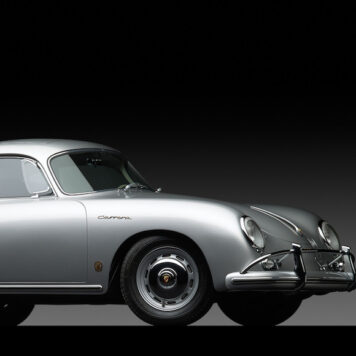
This immaculate 1959 Porsche 356 A Carrera 1600 GS has been appraised at somewhere in the region of $550,000 to $650,000 USD, making it…

This immaculate 1959 Porsche 356 A Carrera 1600 GS has been appraised at somewhere in the region of $550,000 to $650,000 USD, making it…

The Noble M600 is a slightly unusual super car in that it was designed, developed and built using a minimalist approach to technological wizardry. It…
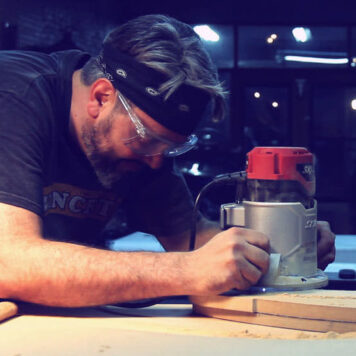
Salt Dreams is a documentary by J.T. Nesbitt, a former engineer from Confederate Motorcycles and long time resident of New Orleans. Nesbitt lost everything…
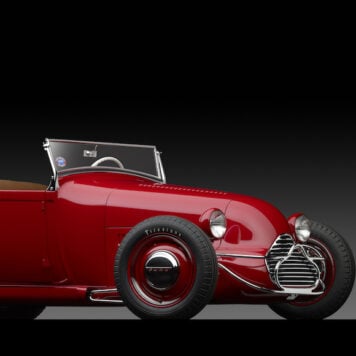
The 1929 Ford ‘Dick Flint’ Roadster is widely considered to be one of the most famous hot rods of the era when hot rods…
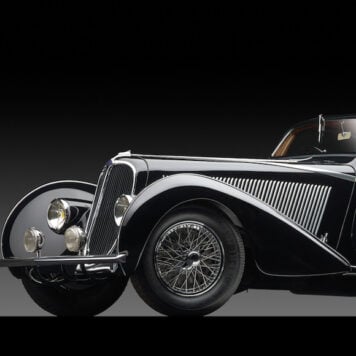
The somewhat lengthily named 1936 Delahaye Type 135 Competition Court Teardrop Coupé by Carrosserie Figoni et Falaschi is one of my favourite examples of…

There’s no way that Colin Chapman could possibly have known that his original design for the Lotus 7 in 1957 would still be in…
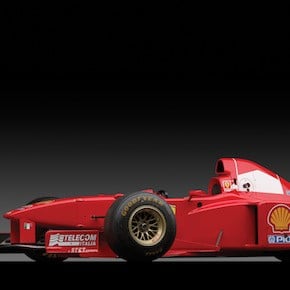
The 1997 Ferrari F310 B was the revised, improved version of the failure prone 1996 Ferrari F310. In purely technical terms, the F310 was…

The above will take a few seconds to load, trust me when I tell you it’s worth it. Once it’s loaded, click the arrows…
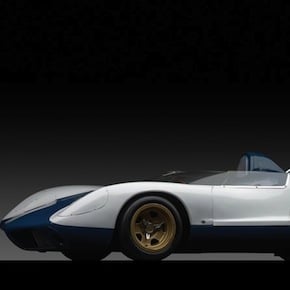
The Chevrolet CERV II is one of those historical curiosities that, in an alternate reality, could have been as famous as the Ford GT40….
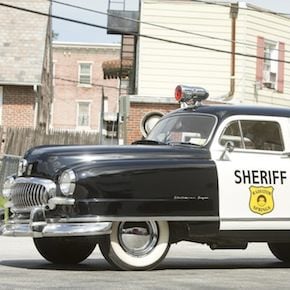
I stumbled across this 1951 Nash Statesman Super Sedan earlier this week and decided that it’d be the perfect car for a drive across…
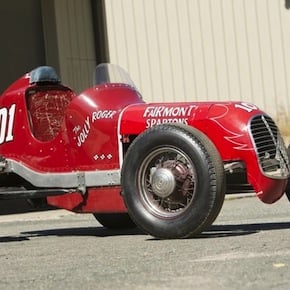
It isn’t everyday that cars like this Sawin Ford “Big Car” come up for auction, surprisingly they tend to be quite affordable with the…
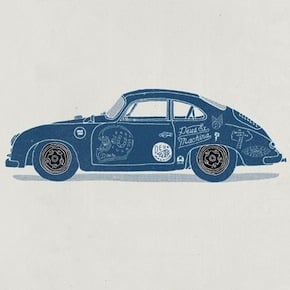
Something strange and a little magical happens when Americans get their hands on a Porsche 356, unrestrained by the conventions of concours and with…